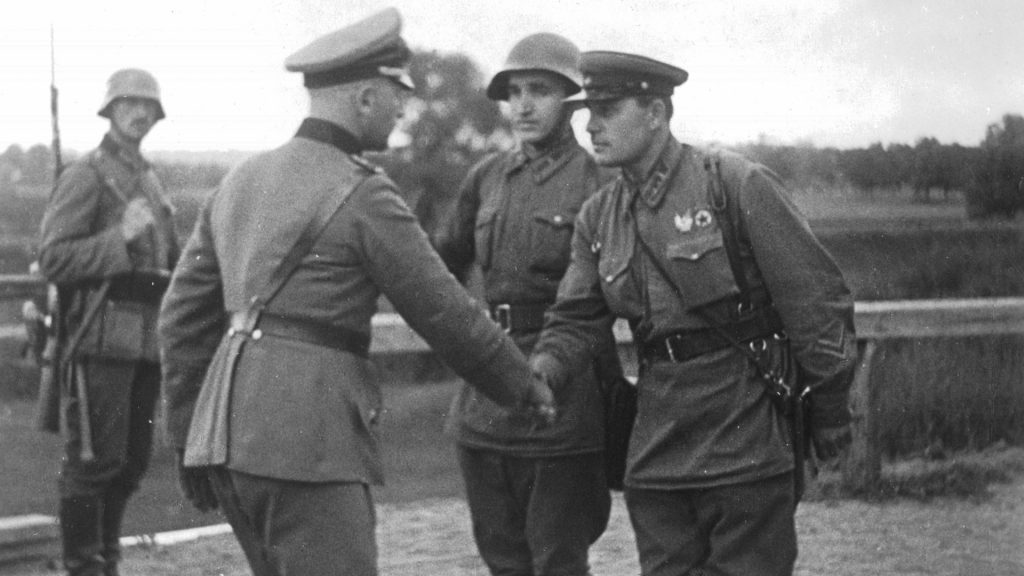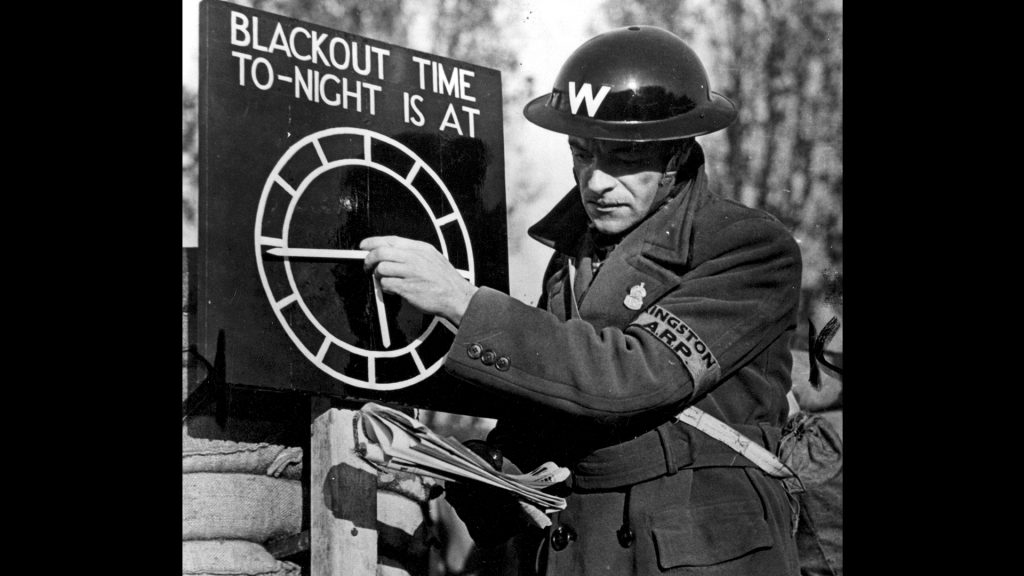5 Historical Events to Know Before You Watch World on Fire
World War II drama World on Fire tells the stories of ordinary people in extraordinary times. But what crucial events were happening in real life at the time that shaped what you’ll see in the series? Get essential background and helpful historical insights before you watch, then don’t miss the premiere of World on Fire Sunday April 5, 9/8c on MASTERPIECE on PBS.
- 1.
Hitler gains control of Germany


The key to understanding Adolf Hitler’s rise to power is how World War I ended in 1918. After four years of withering combat, the German army was collapsing, forcing German leaders to sue for an armistice. To fanatical frontline soldiers like Corporal Adolf Hitler, the surrender was inexplicable. German territory had never been occupied, and only a few months earlier Germany appeared to be on the brink of victory. Resentment only increased with the Treaty of Versailles, which officially concluded the war in 1919, exacting a heavy price on Germany for starting the conflict.
Right-wing zealots including Hitler spread the story of the “stab in the back,” claiming that German troops had been betrayed by Jews and Marxists in the civilian government. Amid postwar turmoil, the legend grew, fed by groups such as the newly formed Nazi Party, which Hitler headed starting in 1921. Aided by brilliant propaganda and a worldwide economic depression, the Nazis were able to build support and finally secure power in 1933. Hitler quickly established himself as führer—dictator—and began enacting the Nazi agenda.
- 2.
Prime Minister Chamberlain gambles for peace


In 1937, the newly appointed British prime minister Neville Chamberlain spared no efforts trying to negotiate peace and stability in Europe by placating the unpredictable German leader Adolf Hitler.
But Hitler would not cooperate. In March 1938, he annexed neighboring Austria. Then he turned his eyes on the Sudetenland, the German-speaking regions of Czechoslovakia. Chamberlain threatened war, but Hitler would not be deterred and called Chamberlain’s bluff. The British prime minister did get one concession though. After reluctantly accepting Hitler’s claim to the Sudetenland, Chamberlain asked the German chancellor to sign a short declaration expressing “the desire of our two peoples never to go to war with one another again.” Hitler agreed. Later the dictator told his foreign minister not to take the guarantee seriously. “That piece of paper is of no significance whatsoever.”
- 3.
England and France ally with Poland


Severely outgunned by its neighbor Germany, Poland had the insurance of a defense alliance with Britain and France. Britain guaranteed “all the support and assistance in its power,” and France pledged to launch a major ground offensive against Germany shortly after any attack on Poland. Partially meeting this pledge, Britain and France declared war on Germany two days after Germany invaded Poland on September 1, 1939. But they were unable to supply any meaningful help, since they had not yet built up their forces.
According to British military historian Max Hastings, “the guarantees were designed to deter Hitler, rather than to provide credible military assistance to Poland. They were gestures without substance,” which, unfortunately, Hitler knew all too well.
- 4.
The Soviet Union allies with Hitler


One of the hallmarks of Nazi ideology was the demonization of communism. For their part, Soviet communists were bitter ideological foes of fascism. Therefore it was a shock to the world when German and Soviet diplomats amicably signed a non-aggression treaty on August 23, 1939, one week before Hitler’s attack on Poland. By the published terms of the pact, neither government would support an enemy of the other. One thing the world didn’t know was that a secret protocol to the agreement divided Poland into German and Soviet spheres of influence.
Consequently, two weeks after Germany invaded Poland from the west, the Soviets invaded from the east. Three weeks later, the two armies met near their agreed line of demarcation. Each side duly annexed its share of Polish territory, and Poland, one of the oldest nations in Europe, ceased to exist.
- 5.
War unites the British


Before the outbreak of World War II, the British held a wide range of opinions about the looming conflict. But they were united in the certainty that it would be far worse than World War I.
By the end of 1939, some 15,000 young men in Britain had declared themselves conscientious objectors. An entirely different peace movement was the British Union of Fascists, whose leader Sir Oswald Mosley saw no reason to fight Hitler, whose goals he shared.
By contrast, Britain’s Tories, the traditional conservative party, were fed up with Germany’s challenge to the British empire. Patriotism and pride drove an increasing number of these subjects to accept war as inevitable—and delay in confronting Hitler to be dangerous.
Meanwhile on the left, the Labour and Liberal parties struggled with conflicting ideals. They abhorred fascism, but they also abhorred empires and generally favored disarmament. However, just as with the Tories, Hitler’s heightening aggression led many on the left to see no sensible alternative to war.
When war finally came, life for civilians changed in an instant. Theaters and other places of entertainment closed. Government-issued gas masks came out of storage. Urban dwellers packed off their children to the countryside. People blacked out their windows to deny nighttime bombers a visible target. And the solidarity of a shared conflict began working its unifying magic on the United Kingdom.
Don’t miss the premiere of World on Fire Sunday, April 5, 9/8c on MASTERPIECE on PBS. Watch on air, online, or on the PBS Video App. Starting April 5th at 9/8c, you’ll be able to watch all seven episodes of season 1 when you watch with PBS Passport, an added member benefit.




















